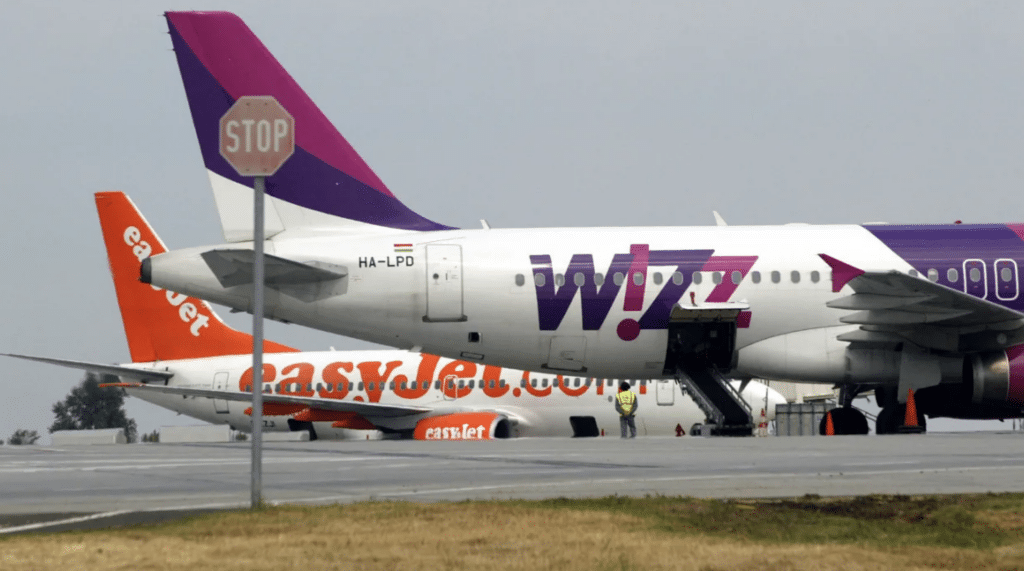International Airline Group’s (LON:IAG) – or as we all still call it, BA – next results come out on 28th July. We’ve just had their Q1 results here. Things are obviously getting better, the recovery from Lockdown is happening. But what we really want to know is how far is that comeback going to go. The crucial point is here, in those Q1 results: “We continue to focus our capacity deployment on our core Latin America and North Atlantic markets, which are now back at pre-pandemic levels of capacity, as well as growing Vueling’s year-round leisure network “.

IAG has Vueling, which is more like Wizz or Easyjet than anything else – a leisure network in Europe. But it also has those BA and Iberia long distance networks and they’re very different. Note, carefully, what they say there, that capacity on those is back to pre-pandemic levels – capacity. What we really want to know is whether they’re able to fill that capacity at pre-pandemic levels?

The difference between leisure and business travel
There’s the one big difference here though. That leisure travel is about getting the person there to enjoy the fun. So, if people want to have the fun, then they’ve got to fly. So, traffic has come back strongly as that’s what people have always been doing it for, the fun.
The economics of those long-distance routes are very different. The profit comes from the high revenues from business class passengers. And lockdown obviously affected that – but will the change in habits of lockdown change the amount of business flying. That is the thing we really don’t know as yet.
How about other transport companies, say First Group?
Perhaps we can have a little look around? First Group might be a good start here, they run rail and bus travel. They also have just reported results so maybe that will tell us something? That, sadly, is one of those nice try no cigar ideas. Because those rail franchises are being taken back into government hands and the operators are no longer taking capital risks. They just get a 2% fee on top of costs for doing the management. So, while First Group is recovering and well, that doesn’t really aid us in our analysis. Bus travel might not be so good a test of long-haul business travel.

We can look to other sources to tell us about rail travel. Like, the actual data on rail travel. And season tickets – obviously work-related travel – have fallen from 700 million to 210 million. Again, that doesn’t tell us directly, but it does give us a hint. The full data is here. There’s been a massive switch from business – or work at least – to leisure travel, to the point that one franchise now does the maintenance work on Fridays, slower than weekends apparently.
Again, this isn’t direct information on what we really want to know – what will the load rates be on business class at IAG. But we can see that something really does seem to have changed. In at least some aspects of business travel things have not returned to pre-pandemic states. It’s therefore possible to think that these other forms of business travel also will not.
Cyclical or structural changes for IAG?
Just to try to hammer this home. Yes, the pandemic will obviously have caused cyclical changes. As an example, internet shopping – it boomed in the lockdowns. But, once restrictions on physical retail were gone, what happened? Did the new internet preference stay, or did it sink back to the previous trend? That one we know – the boom faded back to trend as ONS tells us.
That’s exactly the thing we want to know about IAG’s business travel success. We know that some things have changed structurally as a result of lockdown. Work From Home is clearly not fading away after lockdown ended. On the other hand, some other things were purely cyclical changes. Internet shopping is back down from those highs and is eating physical retail at that same old rate of perhaps 1% of the market each year.
Leisure travel, as we can see from Wizz and Easyjet – or even from IAG’s own Vueling – is pretty much back to where it was. But business travel is different from leisure because it can be substituted for with email, zoom and all the rest. But the profits of long-haul airlines do depend upon business travellers – or at least those willing to pay business class prices.
No, we don’t know which way this is going to go. But that is what the bet is.